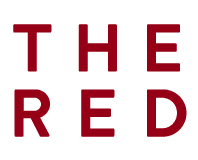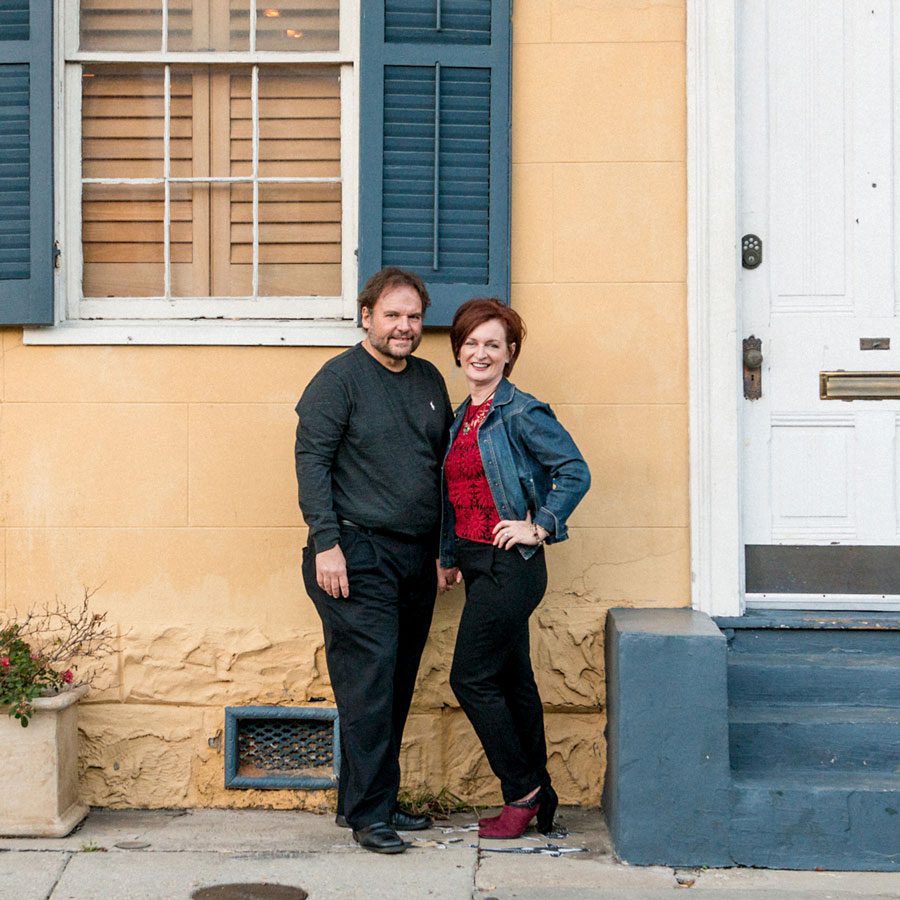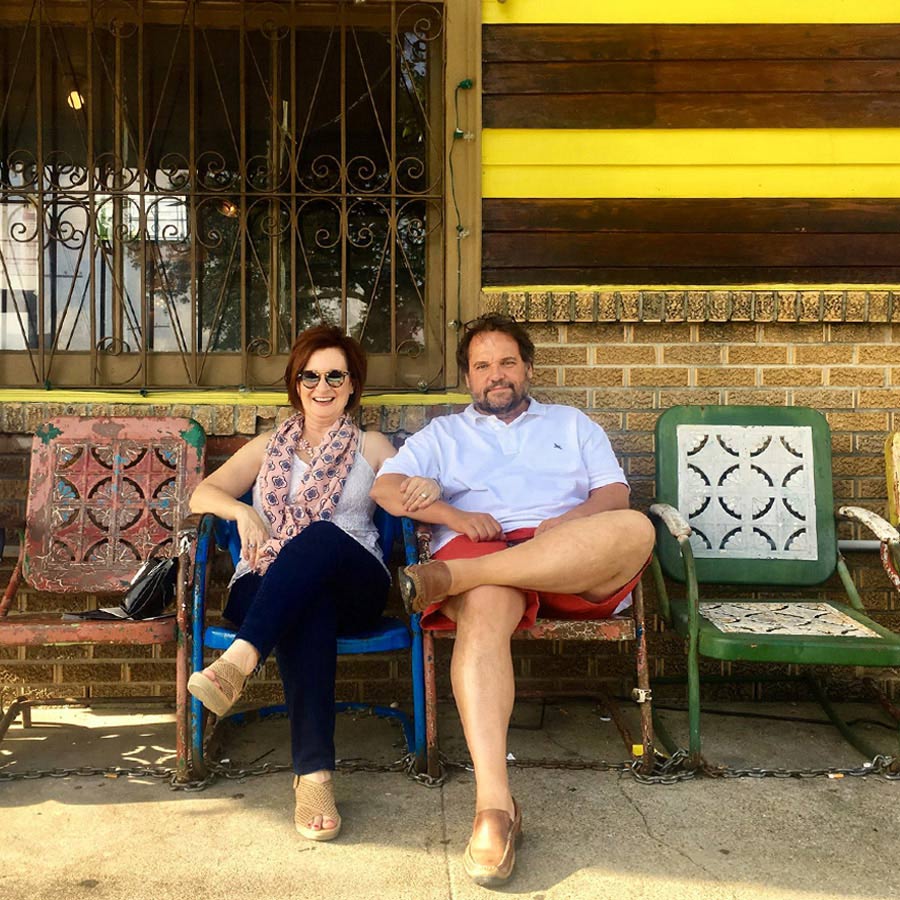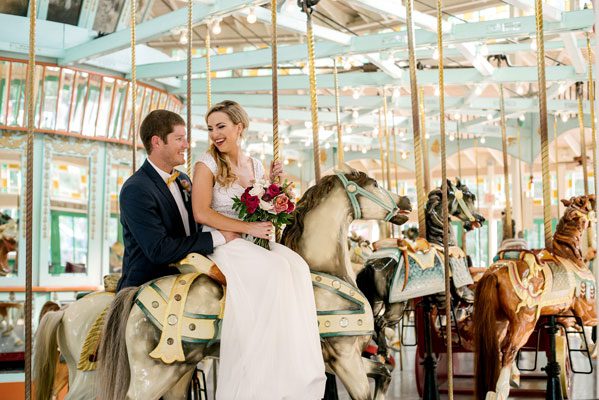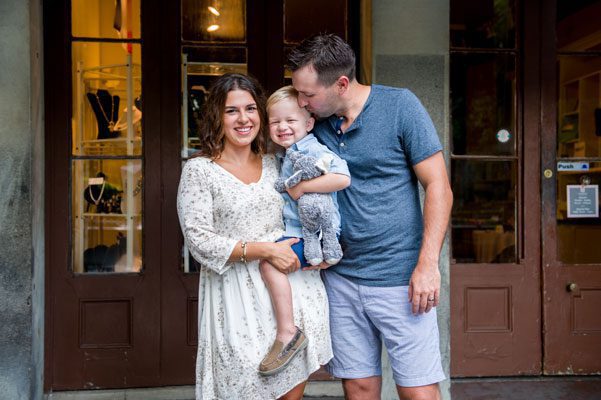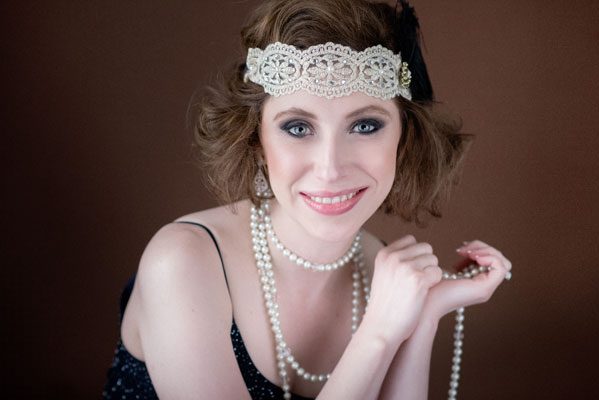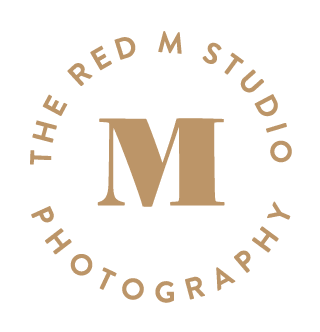With the readily available access to a camera in our iPhones, anyone and everyone is a photographer nowadays! We are literally bombarded with more images every day than at any other time in our existence. The newest DSLR cameras can make photography appear so easy, so why then would anyone want to hire a professional photographer? Over the next several weeks, I will detail through a series of blog posts some of the added value hiring a professional photographer brings to the final product. Today I’m going to start with a topic that is something less than obvious …. editing. Everyone can shoot an image, but it is what a professional photographer does in post-production that transforms the image from ordinary to WOW!
People really do not understand what happens after a photo shoot … when the images are being edited. I have been asked several times recently, usually by someone a little older, if I develop my own images. The answer is no … well sort of. I no longer shoot film, which had to be developed in a darkroom or at a lab in order to see the image. I no longer develop my images in the traditional sense, but now that I shoot digital images, I do “develop” my images once they are captured in a process that is referred to as editing. The vast majority of my clients do understand that I shoot digital images, and they all know that the images then go through this thing called editing, but most are curious about the editing process and exactly what that means. “Why is it necessary”, “why does it take so long” and “what exactly do you do”, are all questions that I am asked about editing. My family has no idea what I do behind a computer all day, and really thinks that I am “working” only when I am out shooting! But for every hour I shoot, I edit for at least that long, and often longer. So let me start by answering the basic questions.
“Why is editing necessary … I just load everything from my card onto the Internet, don’t you?” To begin, when I am out shooting, I shoot way more images than my clients will ever see. Sometimes, it takes a few shots to get things exactly as I like them. Sometimes I shoot many images because I am looking for perfect expressions. Sometimes I shoot duplicates just to be safe in the event that a file might get corrupted or damaged. Regardless the reason, the first step in the editing process is known as the cull, where I sort through each and every image and pick out only the best of the best. Being able to quickly narrow images down is an acquired skill, but one that makes a world of difference in the final product that is delivered to my clients. A properly culled gallery of images will give a client a nice variety of images to choose from, shot in different orientations (portrait vs. landscape). When a client is presented with too many images that all look the same, the result is indecision paralysis. My job is to keep that from happening.
The next step is checking for exposure and color correction. As anyone with a smart phone knows, shooting a digital image can be as simple as snapping an image and uploading it to website. Depending on the intended use of the final image, capturing snapshots that way is perfectly fine. As a professional photographer, however, it is my job to provide my clients with a finished product that is above and beyond what they can accomplish on their own in a simple snapshot. Digital images come in many forms, such as JPG, TIFF, PNG, which all refer to the way the data is managed or “compressed” in the file and how many colors are available to work with. I shoot in RAW format, which is the least compressed file format, and gives me the greatest range of colors to work with. More importantly, shooting in RAW format allows me more flexibility to tweak the images in post processing. It is always my goal to get the exposure and white balance correct when I am shooting. However, it is in the editing process that I can perfect the exposure and/or color of each image individually if need be. At this point, images really start to come to life. Note in the image below how much more radiant Abigail appears after I warmed her skin tone, and enhanced the subtle highlights in her hair.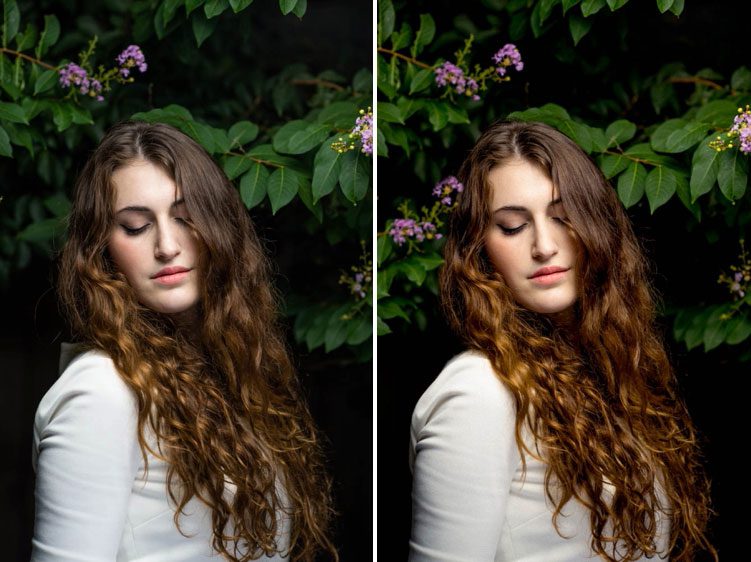 “So why does editing take so long?” Well, simply put, custom editing can be tedious. Depending on the extent of editing to be done, I can spend anywhere from two to 10 minutes or more on each image. After color correction, I look for things like blemishes that need to be removed or shadows that may need to be lightened. Note below how decreasing the shadows on Abigail’s face show off her beautiful smile. Also note that the flash created distracting bright high lights on the ukelele that needed to be brought down. Further, the light stand in the left front of the image and a pink straw near her back foot needed to be removed. On occasion, items to be removed are far more complex.
“So why does editing take so long?” Well, simply put, custom editing can be tedious. Depending on the extent of editing to be done, I can spend anywhere from two to 10 minutes or more on each image. After color correction, I look for things like blemishes that need to be removed or shadows that may need to be lightened. Note below how decreasing the shadows on Abigail’s face show off her beautiful smile. Also note that the flash created distracting bright high lights on the ukelele that needed to be brought down. Further, the light stand in the left front of the image and a pink straw near her back foot needed to be removed. On occasion, items to be removed are far more complex.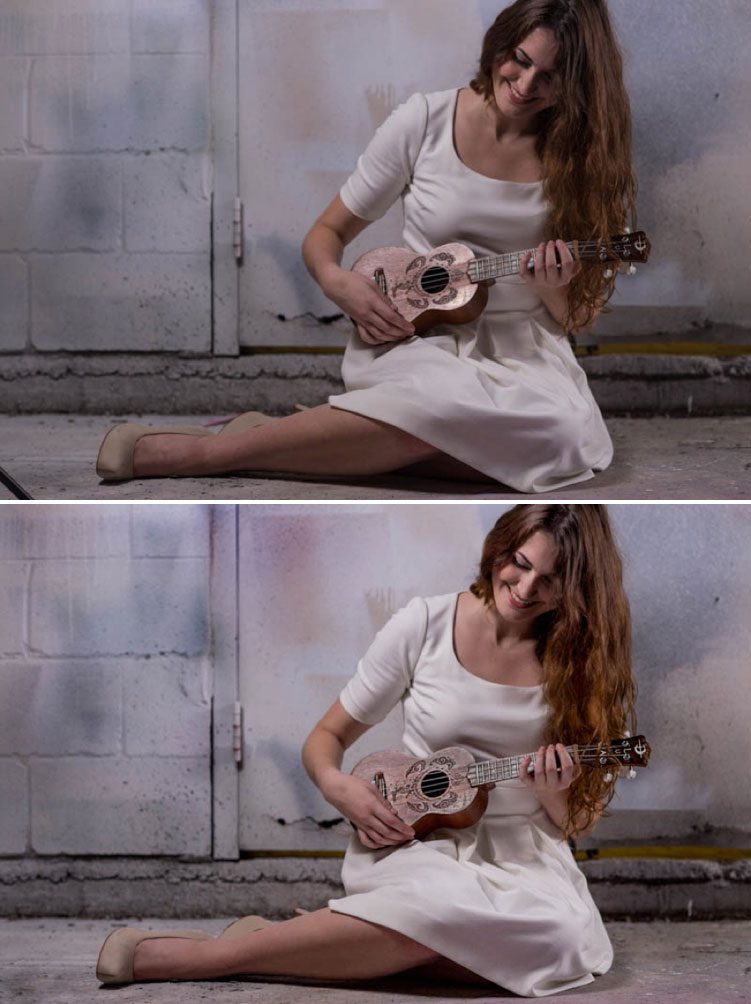
“So what exactly do you do in the edit?” The level of editing I employ for any particular shoot depends on the type of shoot and the intended purpose of the image. Events get the least amount of editing, usually done as a “batch edit”, where portraiture gets the most in terms of hand editing. It is portraiture that I am asked about with the most concern. Some people want to be altered a lot (please remove every wrinkle from my body), while some people do not want to be altered at all. My goal is to have a completed portrait look like the best possible version of that person. This means editing that is meant to only enhance and never alter a person’s looks. The image below is quite typical of my editing style. Abigail’s complexion was warmed ever so slightly, and the shadows that were under her eyes were lightened. Her skin was lightly smoothed and the high lights in her hair were enhanced. After looking at the image for a few minutes, I wished there had been more flowers surrounding her face, so I copied the one from overhead and inserted it a few times to frame her face.
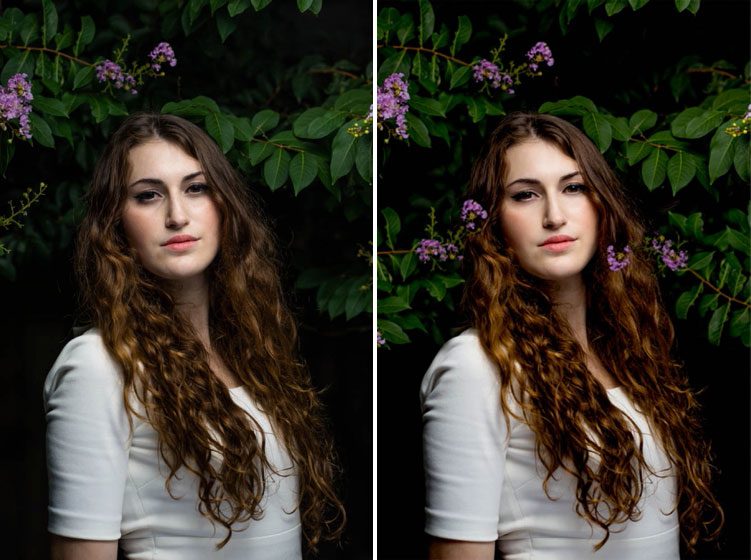
So why hire a professional photographer? For one, it is clear that professional editing can bring an image from ordinary to WOW! Professional photographers spend a significant amount of time editing their images, and as a result are highly skilled. There are as many different ways to edit as there are photographers. No two photographer’s images are edited exactly the same. It is the way that a photographer edits that defines their particular style and puts their signature on the images. So if you are looking for a professional photographer, it is important that you look at their portfolio to get a sense of their editing style. Come back next week for another installment of Why Hire a Pro?!


